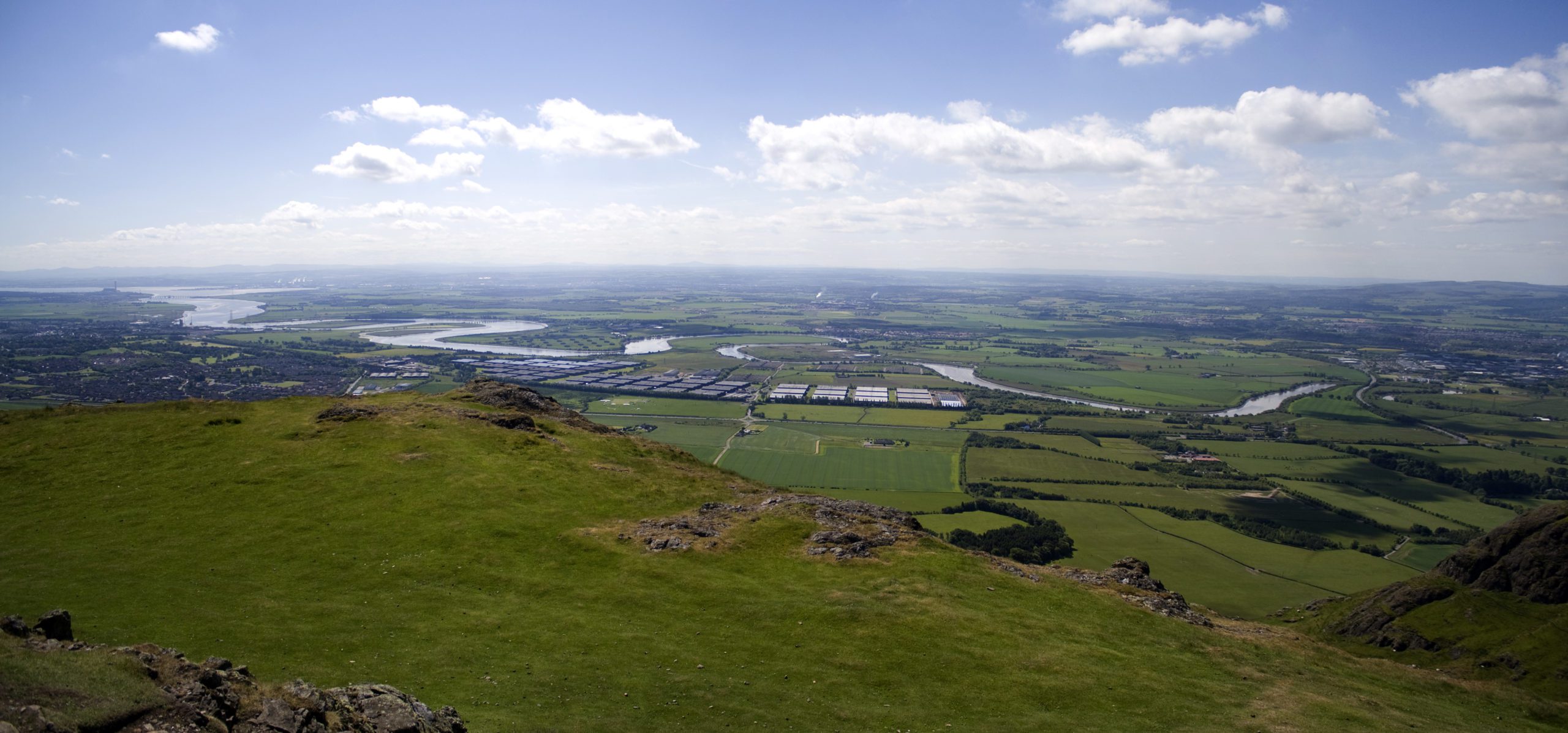
(Shutterstock)
ENHANCED environmental monitoring is to be used to support Scotland’s journey to net zero.
It comes following the forming of a new partnership between the University of Stirling and the Scottish Environment Protection Agency (SEPA).
The pair signed a sustainable growth agreement which will enable the scaling up of Stirling’s environmental monitoring of the Firth of Forth catchment.
It will see the creation of a ‘dashboard’ that can provide hyper-local, real-time flood data and forecasting, as well as further benefits such as open data on peatland restoration, tree planting, carbon offsetting and water management.
A combination of sensors, satellites, artificial intelligence and digital fabric – such as 5G – will be used for the monitoring, with it coming under the recently launched Forth Environmental Resilience Array (Forth ERA).
The university said that ‘better informed’ decisions will be able to be made as a result of the monitoring, as well as the creation of new jobs and infrastructure for a net zero economy.
Academic lead of Forth ERA and Scotland’s Hydro Nation chair, professor Andrew Tyler, said, “We will enhance SEPA’s already sophisticated modelling by bringing in satellites to more accurately measure the levels of moisture in soil, for example, allowing us to predict more accurately the likelihood of a flood or water scarcity.
“The data we collect will enable us to develop nature-based solutions that invest in our natural capital, such as peatland restoration, to better regulate the water in our environment in times of both flood and drought.”
Jo Green, acting CEO of SEPA, added, “From extreme weather, frequent flash floods and sea level rise to forest fires and water scarcity, Scots today are living through a double whammy of climate and nature emergencies. The scale of the environmental challenge is significant, with a real urgency to act but globally we’ve often seen too much talk and too little action. Big problems need big ambition and that’s why Scotland really needs new ideas, new investment and new approaches.
“By working collaboratively and combining our regulatory, digital and scientific expertise, SEPA and The University of Stirling will help create innovative solutions that are scalable and replicable for Scotland and beyond. In SEPA we know that solving the problems of the future need strong partnership working – involving communities, public agencies, businesses and academia.
“Good data is crucial for making informed decisions, from helping businesses to reach and go beyond compliance to building the conditions that communities need to live well locally. This includes through a place-based approach to needs, services and investment opportunities. The work we do as part of this sustainable growth agreement will result in better outcomes for the environment, the economy and society.”











